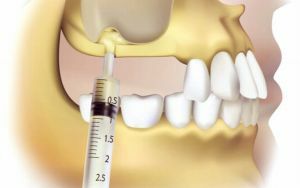 Sinus-lifting or osteoplasty is the build-up of bone tissue up to a volume that allows the dental implant to be placed on the upper jaw.
Sinus-lifting or osteoplasty is the build-up of bone tissue up to a volume that allows the dental implant to be placed on the upper jaw.
In dentistry, the term bone grafting and subantral augmentation is also used to refer to this operation. According to statistical data, in every second patient the volume of the upper jaw is insufficient for implant implants.
Contents
- Argumented need
- Open and closed sine lifting
- Preparing for osteoplasty
- Steps for performing
- Possible complications
- Treatment of consequences
- Rehabilitation period
- Community voice
Argumented need for
The matter is that the upper jaw refers to the air-bearing bones and its mainfeature in the presence of a large cavity - the maxillary sinus( maxillary sinus).Its lower bone wall is located in the region of the roots of the upper chewing teeth.
The thickness of this wall is sufficient to hold your own teeth, but it can not always withstand implants.
This is due either to the individual anatomical feature or atrophy of bone tissue in the area of the lost tooth. If a tooth is lost, the bone tissue that does not experience any load after a while will atrophy.
In addition, with tooth loss in the sinuses, air gets even more, and this further reduces the quality of the upper jawbone tissue.
In modern dentistry, there are several ways to increase bone volume, one of them is sinus lifting.
Open and closed sine-lifting
During the procedure, the bottom of the maxillary cavity is raised above its original level, and all the formed space is filled with bone substance.
Operation of the sine lifting can be carried out in two ways: 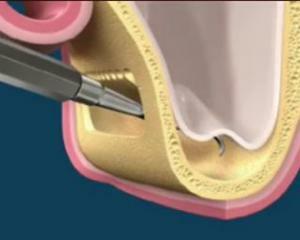
- To closed osteoplasty is used if the bone thickness is at least 7-8 mm, and in some cases even at least 10 mm. When the thickness of the bone tissue is less than 7 mm perform an open sinus-lifting. When the procedure is closed, a hole is drilled in the bone through which the bone substance is injected and the implant is immediately implanted. This method is considered more sparing than open.
- With the open method, a cut is made on the lateral surface of the bone through which the osteoplastic substance is injected.
After the procedure, it takes some time for the incision to heal.
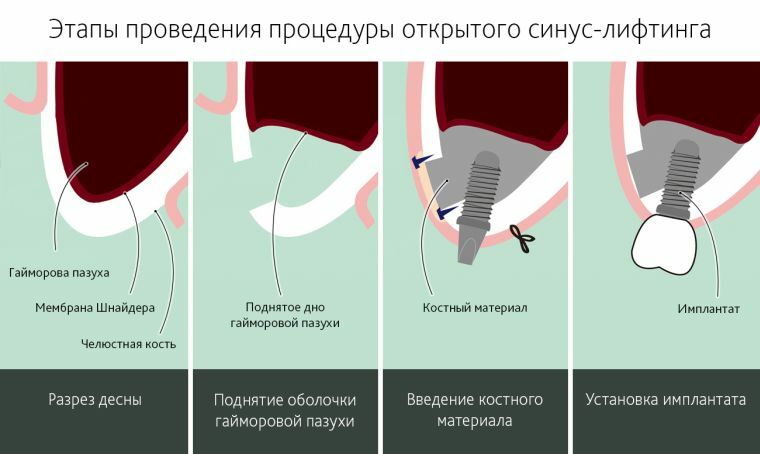
How is an open sine lifting-video:
Preparing for osteoplastic surgery
Initially, the patient is examined by an implant surgeon. At this stage, the doctor makes a cast of the patient's jaw, studies the peculiarities of the bite, collects a complete history, reveals contraindications to the operation.
Absolute contraindications include:
- mental illness, alcoholism, drug addiction;
- oncology;
- bleeding disorders;
- is an allergy to local anesthesia;
- severe heart failure;
- postinfarction;
- various forms of immunodeficiency;
- inflammation of the maxillary sinus.
Relative contraindications include various problems with the gums, carious teeth and ENT diseases at the stage of exacerbation. As soon as the patient's condition improves, it will be possible to perform gingival plastic surgery.
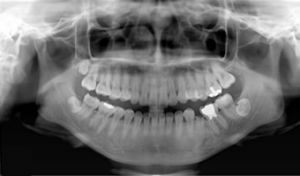 . The doctor will take a series of tests and take panoramic X-rays. With the help of pictures, the specialist determines the volume of the gingival bone and the sinus structure.
. The doctor will take a series of tests and take panoramic X-rays. With the help of pictures, the specialist determines the volume of the gingival bone and the sinus structure.
At this stage, the price of the transaction is specified, which depends on the method of its operation and the consumables used. The price of a closed sinus-lifting is from 15 to 35 thousand rubles. Open bone plastic costs from 30 to 60 thousand.
Additional research methods are also assigned:
- Computed tomography of the upper jaw .The research data is loaded into a special program with the help of which a three-dimensional model is created - the jaws. This allows the specialist to perform virtual osteoplasty, identify implant sites, calculate the required bone substance expenditure.
- Laboratory stage .According to the finished computer plan, a stereolithographic plastic model of the jaw is made in the laboratory.
This preparation allows minimizing the occurrence of unforeseen situations during the surgical procedure, significantly shortening its duration and reducing the likelihood of complications after surgery.
Stages of operation
Closed sinus-lifting is performed in 3 stages:
- bone is thinned by an osteotome;
- exfoliate the periosteum mucosa;
- the formed space is filled with bone substance.
Open-ended osteoplasty involves more active surgery: the
- in the lateral surface of the maxillary sinus makes a lateral window;
- peel the membrane;
- , a bone-forming substance is introduced into the formed cavity.
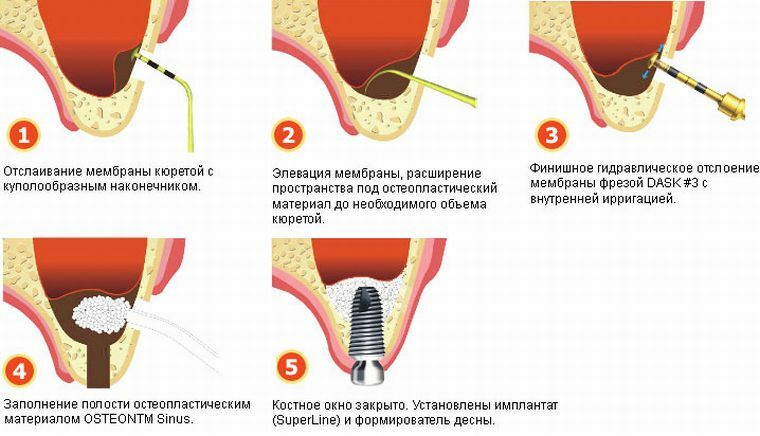
Possible complications of
According to statistics, in 30% of patients during bone grafting perforation of the maxillary sinus mucosa is possible, which is immediately patched or sutured, complications can also be due to a surgeon's error, for example, due to incorrect puncture, it can be enteredinfection.
The following complications are possible after the operation:
- fistula formation in the maxillary sinus;
- bleeding;
- is an inflammation caused by wounded microorganisms;
- development of ENT diseases;
- bone loss and mobility of the implant.
Treatment of consequences of
To prevent the appearance of oranthral fistula prescribe antibiotic therapy, before this a test is performed that allows to determine the sensitivity of pathogenic microflora to antimicrobial drugs.
Antibiotics are also prescribed for infecting the wound and attaching sinusitis.
Rehabilitation period
In the postoperative period after a sine lifting, which takes 3-4 weeks to the patient is prohibited:
- to fly;
- should not take too cold, hot, hard, spicy food, drink through a straw;
- should refrain from sports activities, even climbing the stairs is dangerous;
- should be used with caution when coughing, sneezing, and cleaning the nose;
- should follow the doctor's recommendation for gum care and adhere to the prescribed diet.
All this will reduce the appearance of possible complications after surgical intervention to a minimum.
You should also adhere to the following rules: 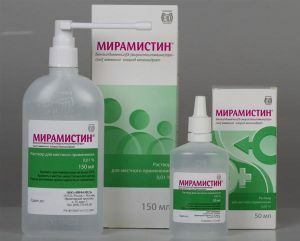
- Immediately after surgery, you can not eat for two hours.
- Do not chew on the side where the operation was performed .
- After meals, should be made with oral baths lasting at least three minutes of using topically antiseptic, such as Miramistin. It is not recommended to rinse the oral cavity with these solutions, it is necessary to make baths for a quick recovery.
- If after the operation the patient has an temperature, mild bleeding, rhinitis, pain syndrome prescribe symptomatic treatment. When all these signs continue for more than three days, you need to contact the doctor without delay.
The voice of the
community. A lot of interesting information can be gathered from the responses of patients who have been given sinus-lifting.
I took a closed sine-lifting a week ago, and at the same time put an implant. During the operation, the pain is not felt. When the anesthesia started to go off, it was very painful. On the first day, the pain syndrome was not as strong as in the second.
Saw painkillers that the surgeon appointed. The edema has not yet begun and there is a slight bruise. The doctor said that as the gum will heal, it will install the bridge structure.
Elena, Kazan
6 months ago made a sine-lifting, gave a lot of money for the operation. And the other day I came to install implants and found out that bone material did not settle down and pus accumulated in the cavity. Before osteoplasty almost all teeth were removed, and the doctor did not even ask me about chronic sinusitis. What now I do not know, to sue the doctor is useless still you will not prove anything.
Alexander, Moscow
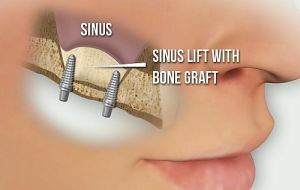 In some cases, sinus lifting is the only procedure that allows you to build up the thickness of the upper jaw bone and install an implant. But you need to carefully choose the clinic and the doctor who will perform the operation.
In some cases, sinus lifting is the only procedure that allows you to build up the thickness of the upper jaw bone and install an implant. But you need to carefully choose the clinic and the doctor who will perform the operation.
It is from the experience and professionalism of the surgeon that the appearance of possible complications after osteoplasty depends. It is also necessary to comply with all the prescriptions of the doctor, then the rehabilitation period will be faster, which means it will be possible to install prostheses faster and restore the dentition.
